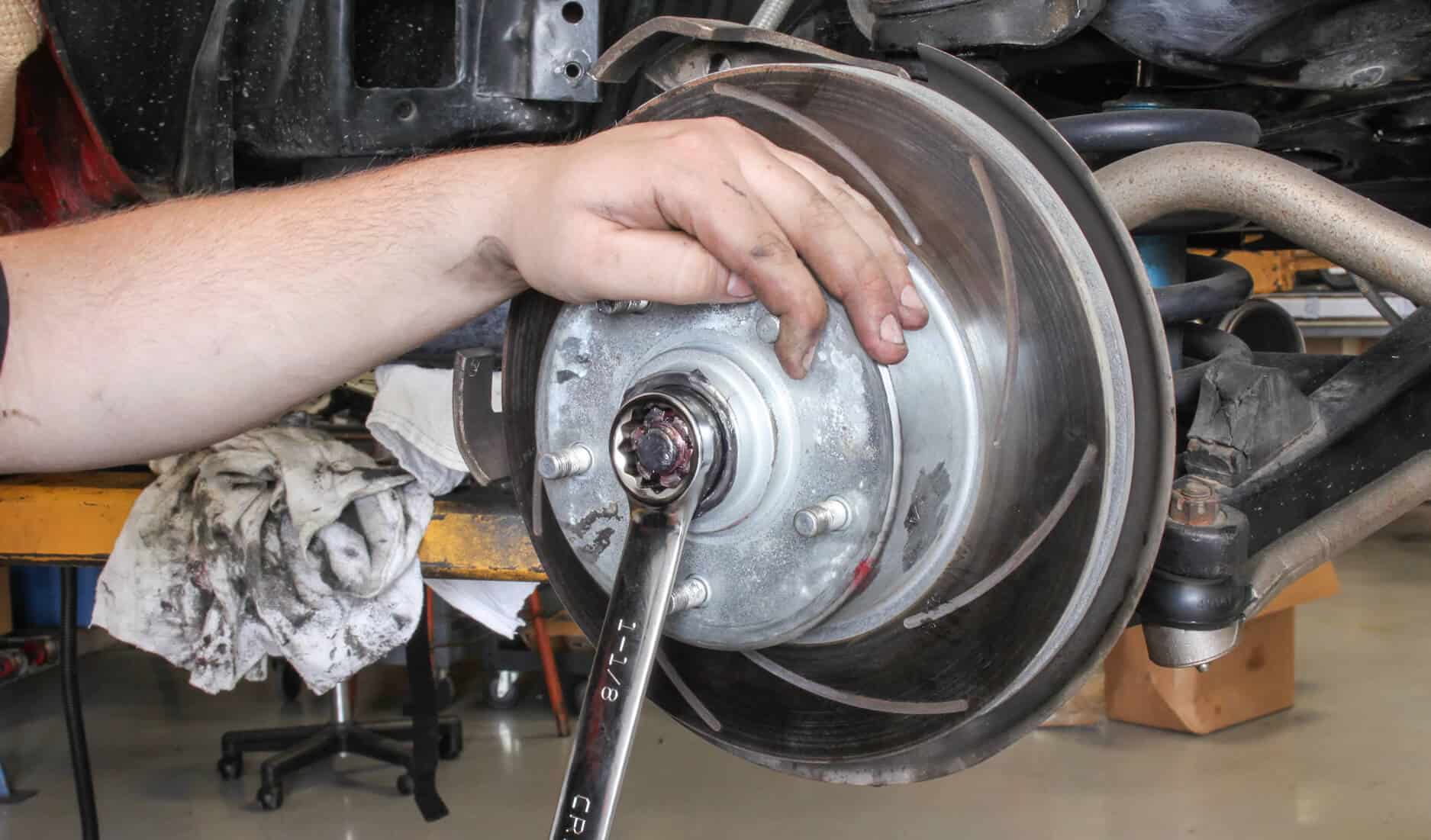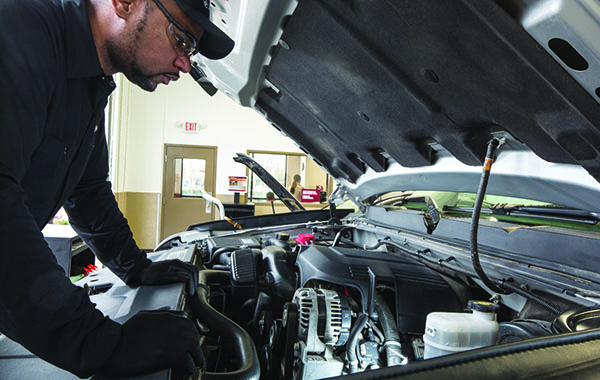Introduction
- Introduce the importance of maintaining an efficient air conditioning (A/C) system for comfort and safety during hot weather.
- Highlight the benefits of regular inspections to ensure optimal A/C performance and longevity.

1. Understanding the A/C System
- Components Overview: Explain the key components including the compressor, condenser, evaporator, refrigerant, and A/C lines.
- Functionality: Describe how the A/C system works to cool and dehumidify the air inside the vehicle cabin.
2. Signs of A/C System Issues
- Performance Issues: Identify symptoms such as weak airflow, insufficient cooling, unusual noises, or foul odors when the A/C is turned on.
- Visual Inspection: Look for visible signs of leaks, damaged A/C components, or condensation buildup under the vehicle.
3. DIY Inspection Checklist
- Airflow and Temperature Check: Steps for testing airflow volume and assessing the temperature difference between A/C vents and ambient air.
- Visual Inspection: Guidelines for inspecting A/C system components under the hood and inside the vehicle for signs of wear, leaks, or damage.
- Cabin Air Filter: Importance of checking and replacing the cabin air filter to ensure proper airflow and air quality.
4. Refrigerant Level and Pressure
- Refrigerant Inspection: Methods for checking refrigerant level using pressure gauges and assessing for leaks or low levels.
- Refrigerant Recharge: Procedures for adding refrigerant if levels are low, following manufacturer specifications and safety guidelines.
5. Professional A/C System Service
- When to Seek Professional Help: Reasons to consult a certified technician for A/C system diagnostics, repairs, or refrigerant recharge.
- System Performance Test: Importance of professional performance tests to evaluate A/C system efficiency, cooling capacity, and compressor operation.
6. Maintenance Tips for Long-Term Efficiency
- Regular Use: Advantages of running the A/C system periodically, even during cooler months, to maintain component lubrication and prevent seals from drying out.
- Preventive Maintenance Schedule: Establishing a schedule for A/C system inspections, cabin air filter replacements, and refrigerant checks based on vehicle usage and climate conditions.
- Climate Control: Proper use of A/C settings and adjusting temperature controls to maximize comfort and energy efficiency.
7. Environmental Considerations
- Environmental Impact: Discuss the importance of responsible handling and disposal of refrigerants to minimize environmental impact and comply with regulations.
- Eco-Friendly Practices: Encourage using eco-friendly refrigerants and supporting A/C system designs that prioritize energy efficiency and reduced emissions.
Conclusion
- Recap the importance of regular A/C system inspections and maintenance for maintaining cool comfort and vehicle safety.
- Encourage vehicle owners to prioritize A/C system care to ensure optimal performance, efficiency, and longevity.
- Emphasize the role of proactive maintenance in enhancing driver and passenger comfort during all seasons.
By following these maintenance tips and best practices, vehicle owners can effectively manage their A/C systems, ensuring reliable cooling performance and comfort throughout the vehicle’s lifespan.



